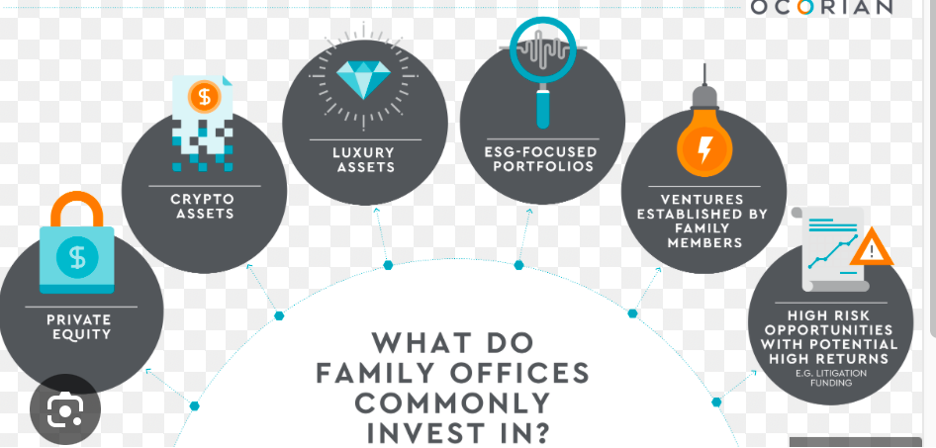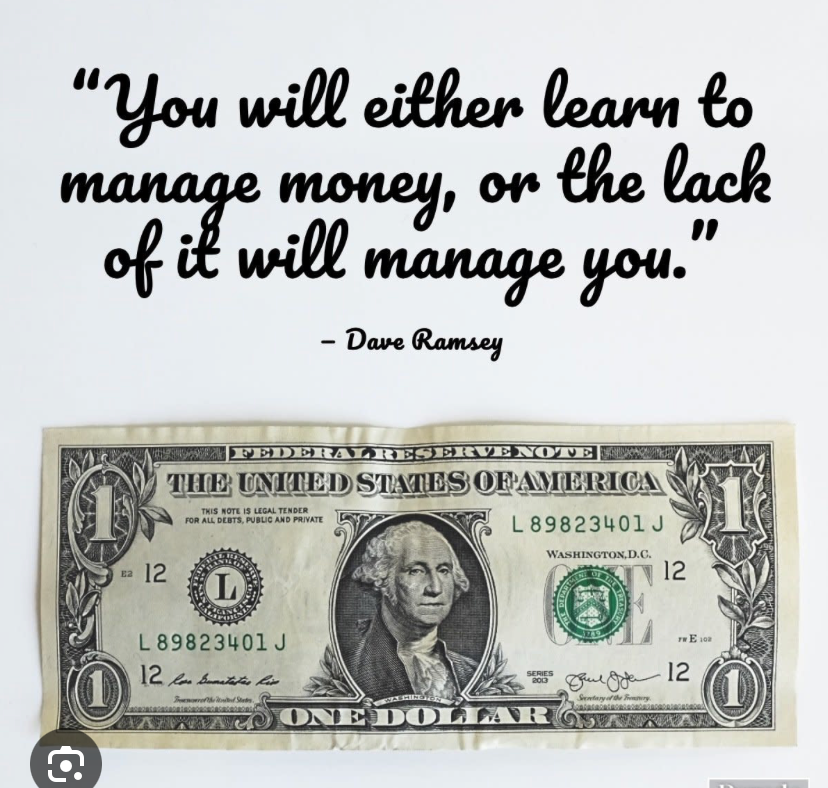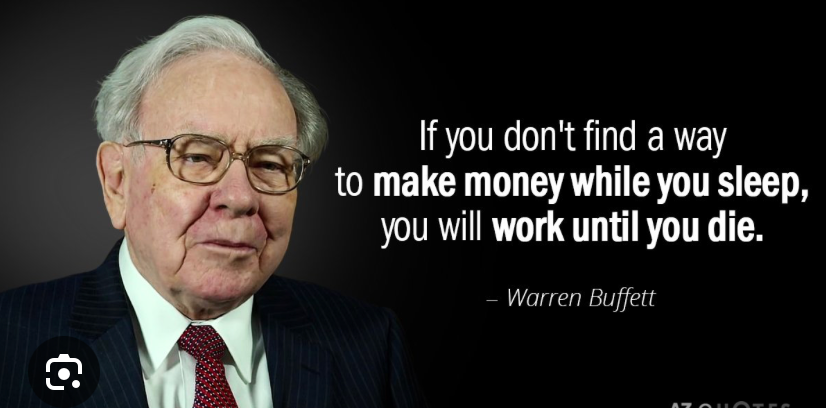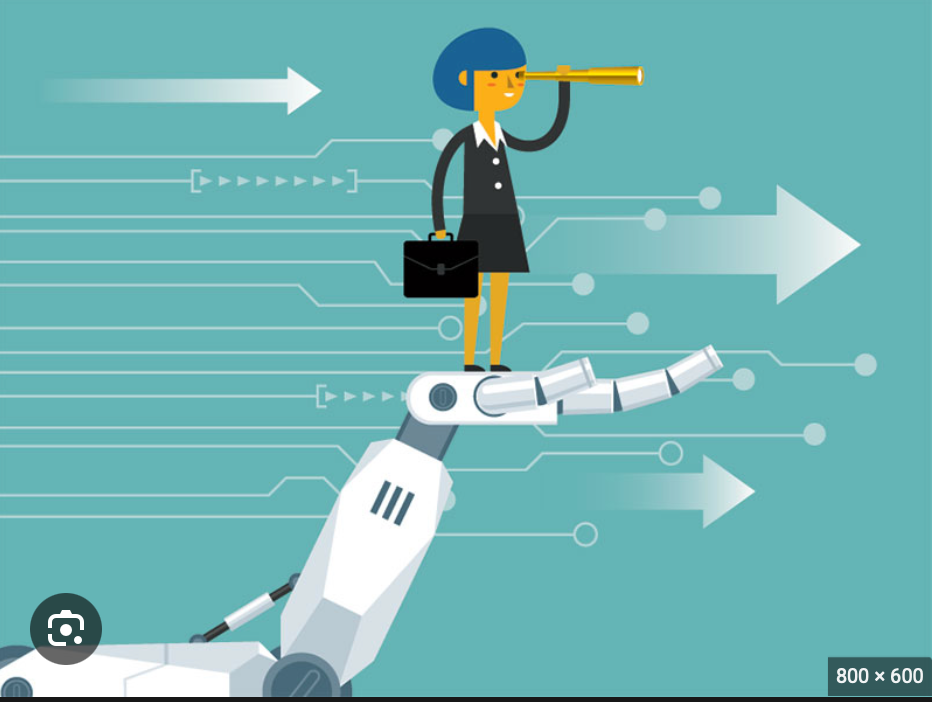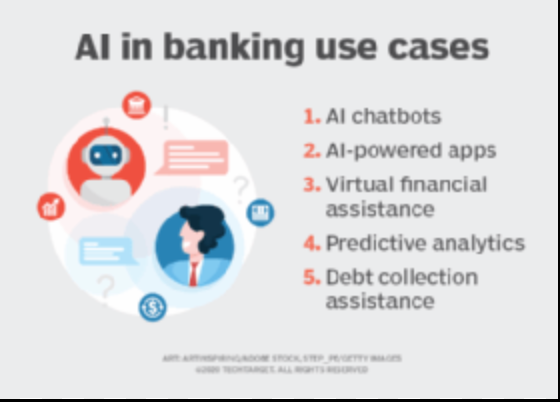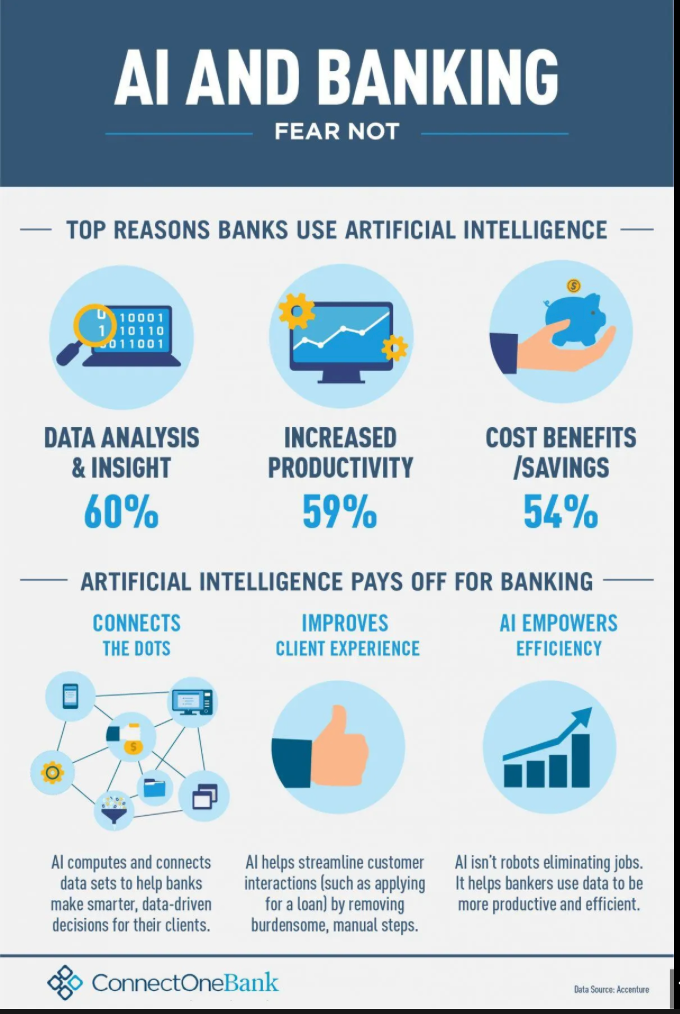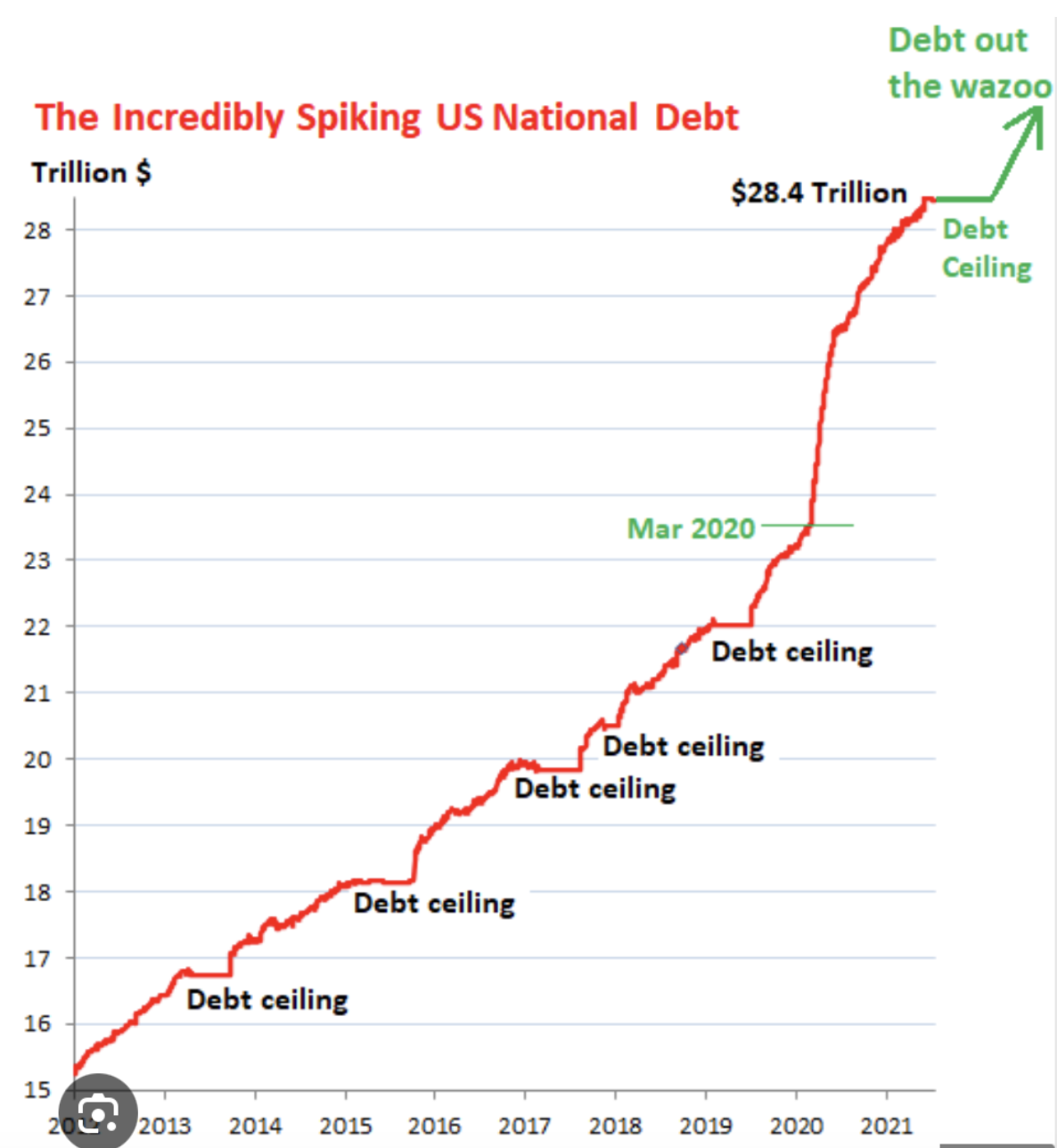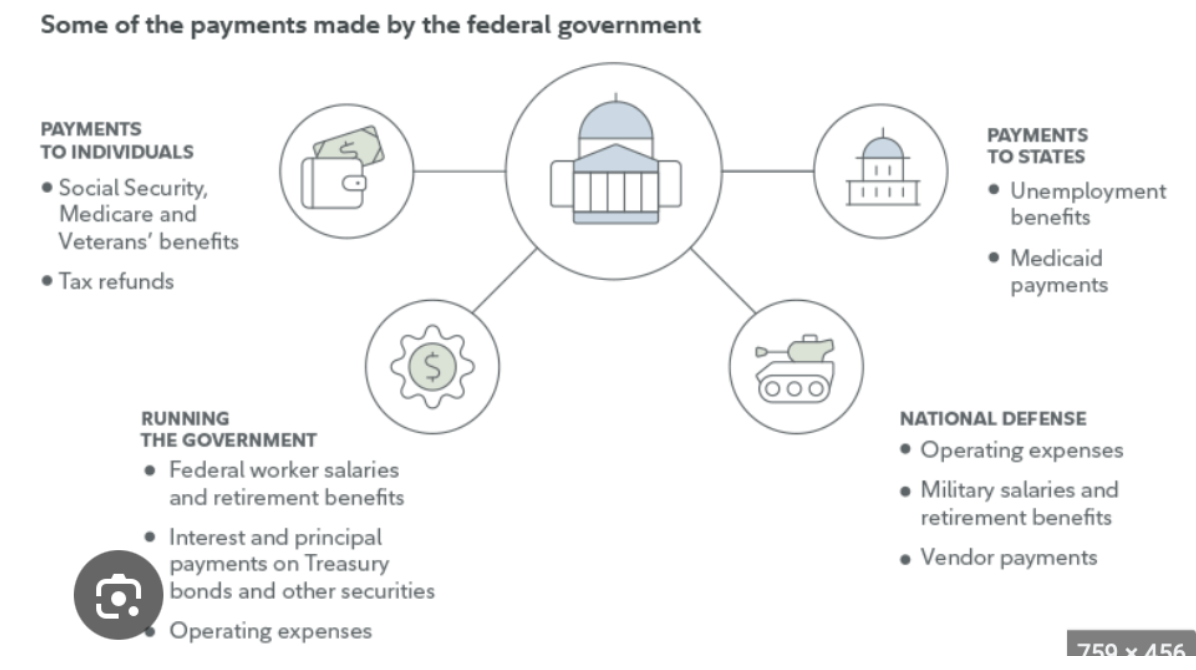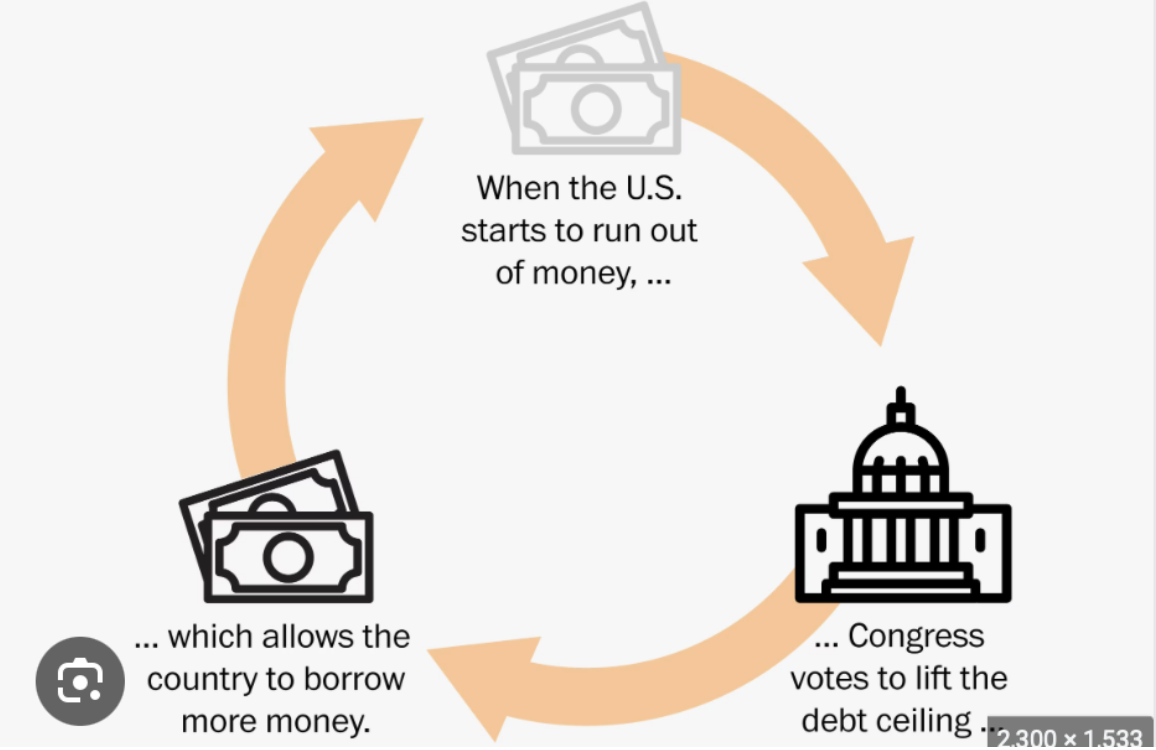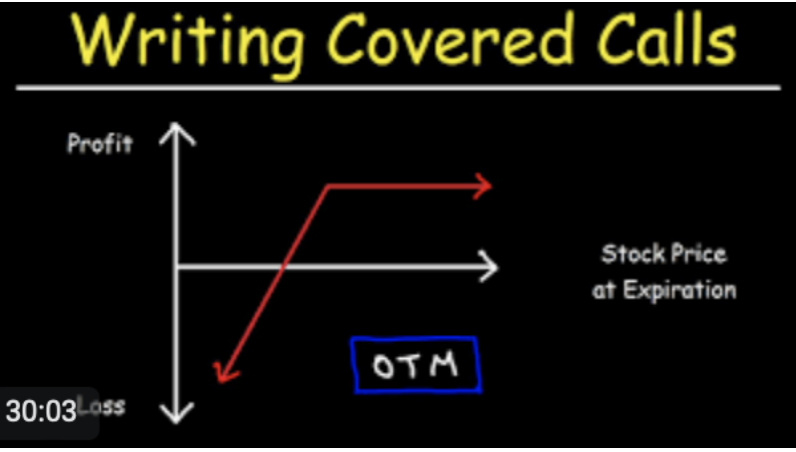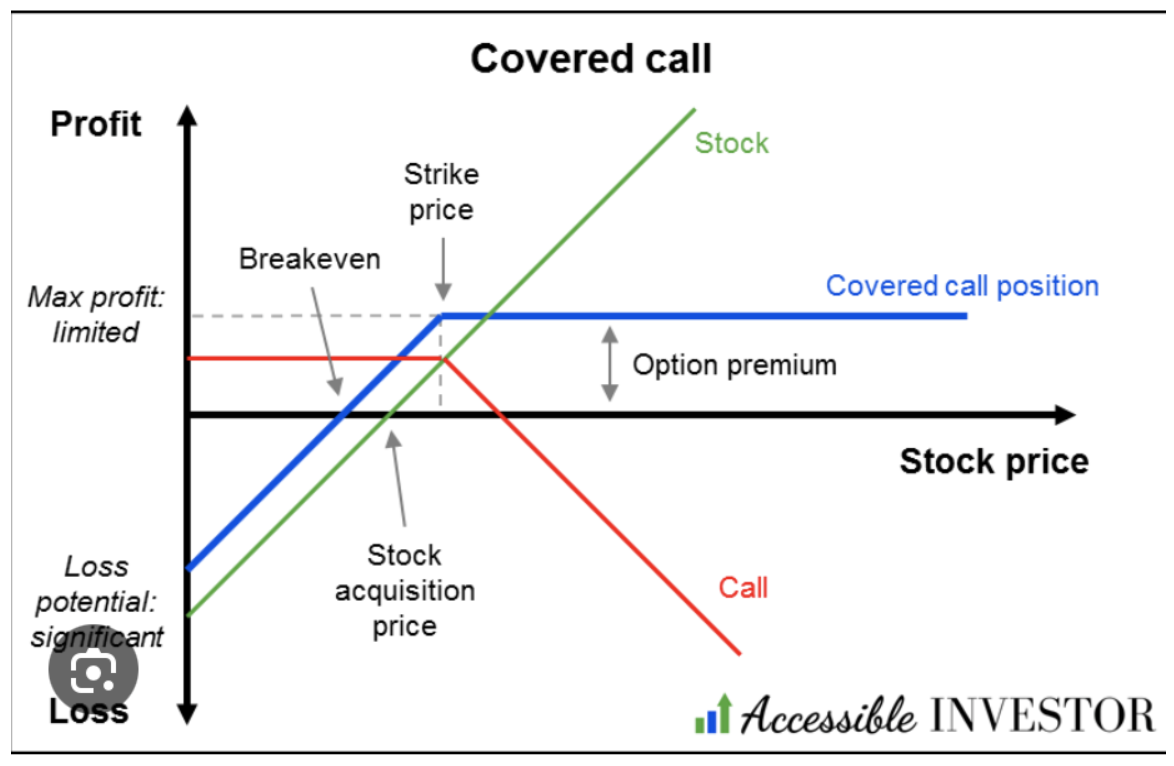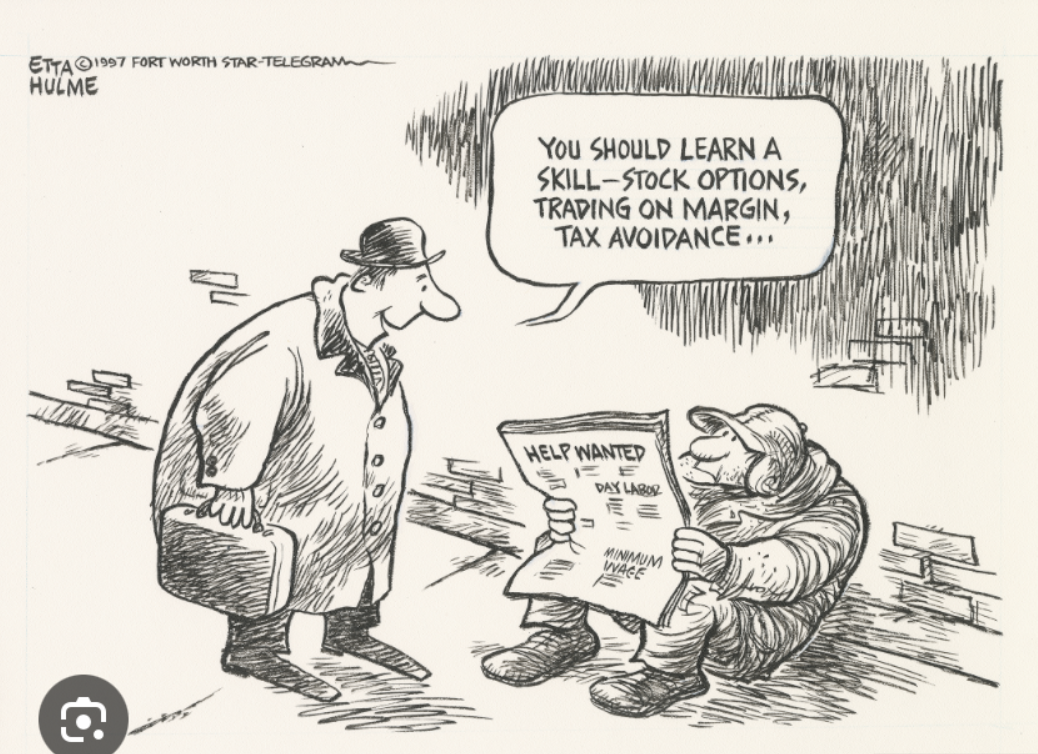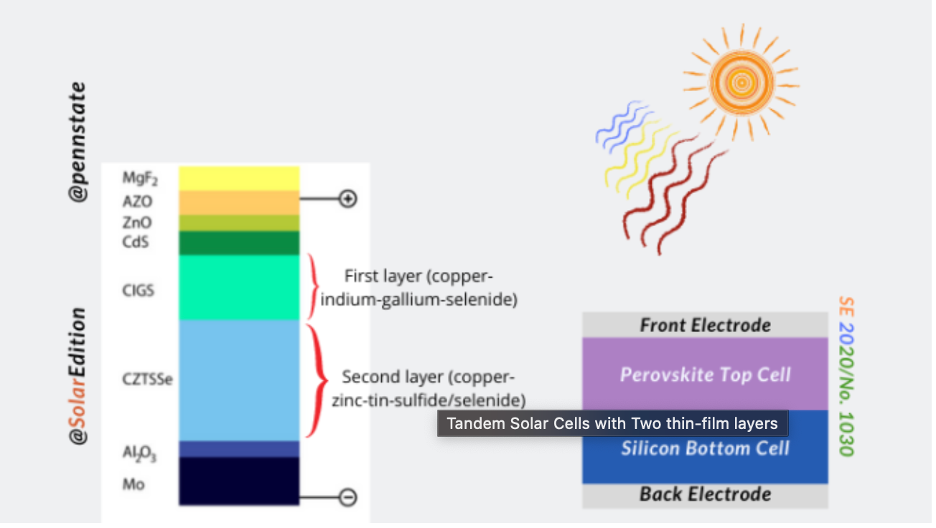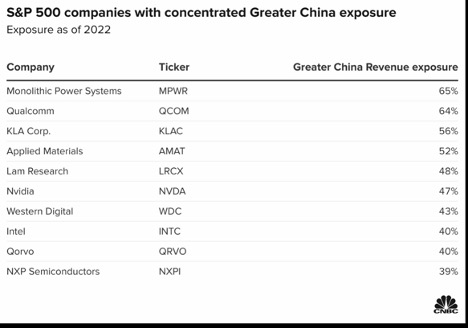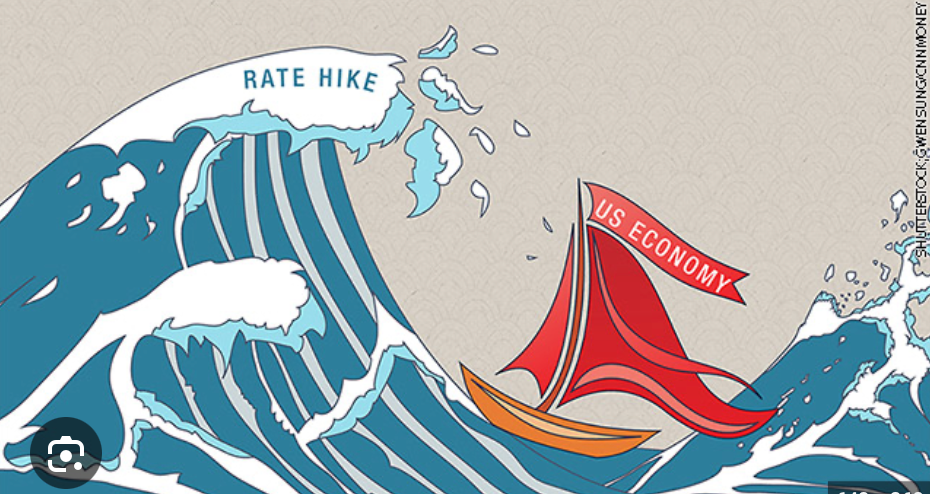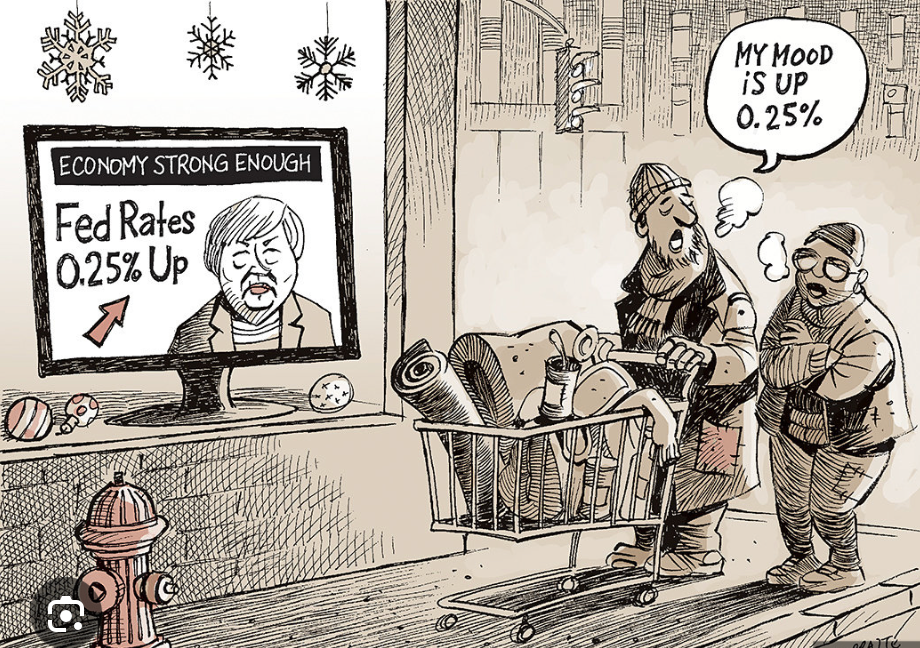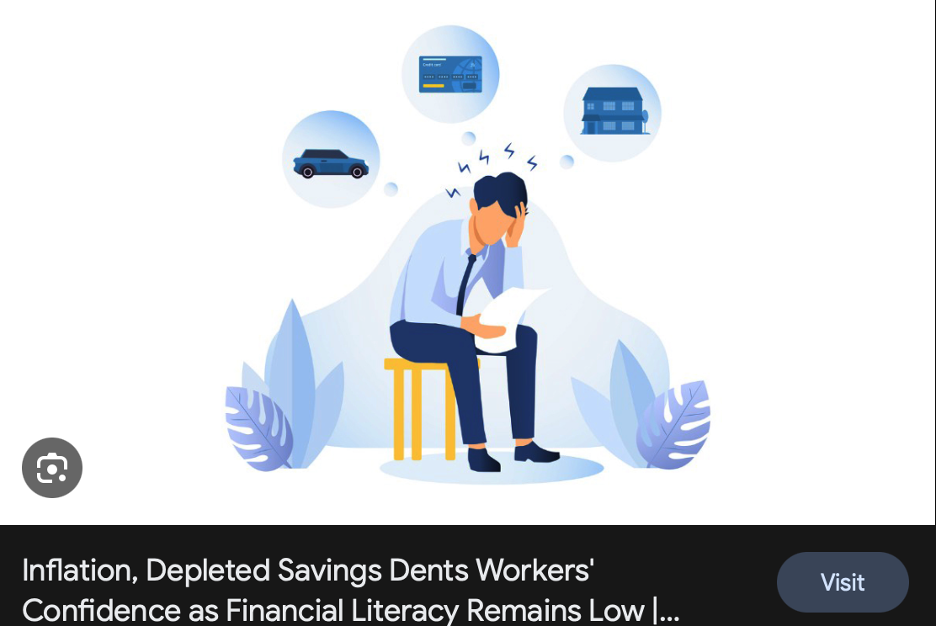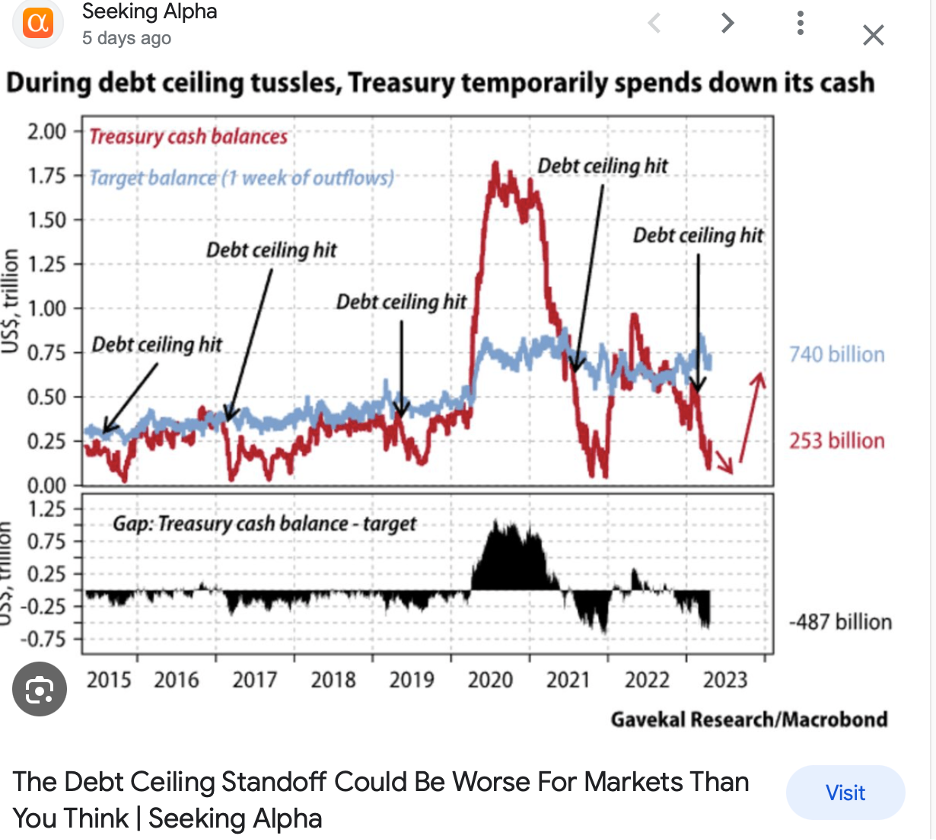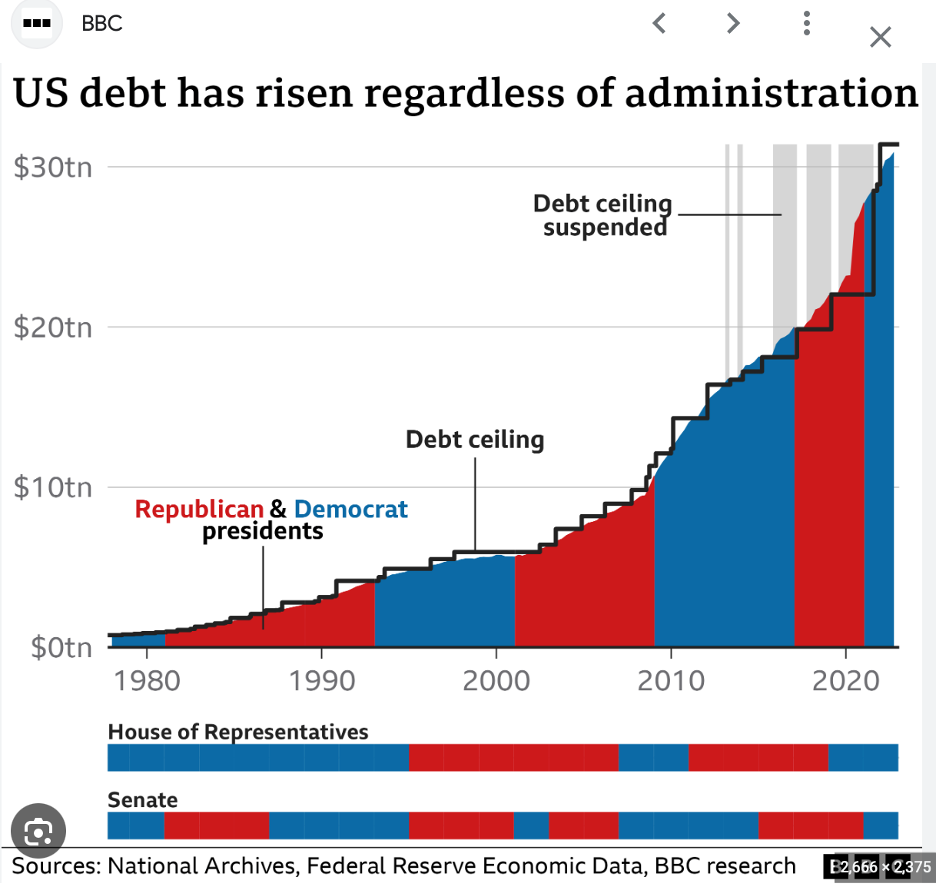(WHAT ARE FAMILY OFFICES DOING WITH THEIR FUNDS)
June 5, 2023
Hello everyone.
Do you ever wonder what Family Offices are doing with their funds?
Are they being conservative or aggressive in their choices?
Are they in bonds, stocks, real estate, gold, or currency trades, or all the aforementioned?
From my research, it seems that Family Offices are making shifts in their portfolios. A UBS survey conducted earlier this year polled 230 global family offices. The poll showed that more than one-third of family offices appear to be increasing their exposure to bonds, particularly high-quality, short-duration bonds. (Think 90-day T-bills) In the survey, the average net worth of participating families was $2.2 billion, and the average family office managed $900 million.
Charles Otton, head of UBS’ global family and institutional wealth business has stated that “developed market fixed income and government bonds are strongly attractive to family offices as they look to 2023 in a very different rate environment.”
As we are all aware the Federal Reserve has raised interest rates 10 times since March 2022, taking the federal funds rate to a target range between 5% and 5.25%, the highest since August 2007. Government bonds rapidly became an attractive asset for investors seeking steady income in a volatile market, and to hedge the risk from stocks.
There is no doubt that government bonds are safe. Why wouldn’t you want some certainty of steady income over a volatile stock market? The behaviour of people is becoming defensive – they are wanting to protect themselves with a stable fixed income.
Interestingly, the UBS survey also showed that family offices are also planning to migrate some funds to emerging markets. This is a play on the peak in the dollar and China’s economic reopening.
Another investment bank, Goldman Sachs, shared its findings in May, that 32% of family offices invest in digital assets.
This category includes cryptocurrencies, non-fungible tokens (NFTs), decentralized finance (DeFi), and blockchain-focused funds.
19% cited a belief in the power of blockchain technology.
8% cited the use of financial applications/DeFi.
9% cited portfolio diversification.
Please note, I am only showing the research here and am making no recommendations.
A recession is in the back of everyone’s mind. The aggressive moves by the Fed have put everybody on edge. Are we getting closer to a top in the market?
Duquesne Family Office’s Stanley Druckenmiller, for one, has been calling for a recession for a while. He believes the extraordinary quantitative easing and zero interest rates over the past decade have created an asset bubble, and markets are now in the final stage of it bursting.
I can see the market rallying a little further for now, but then I believe we are due a good correction.
Gold Update
It could be a volatile week with non-farm payrolls on Friday. Be careful.
Gold could rally up initially and then fall. There may be more downside before it starts to rally to new highs.
Oil Update
Could get down to around $62 and then rally.
Bond Update
If you are looking for somewhere safe to put some of your funds, both John Thomas and I would advise you to look at 90-day T-bills. Price on Wednesday was 5.35%.
I hope you all had a great weekend.
Cheers,
Jacquie





